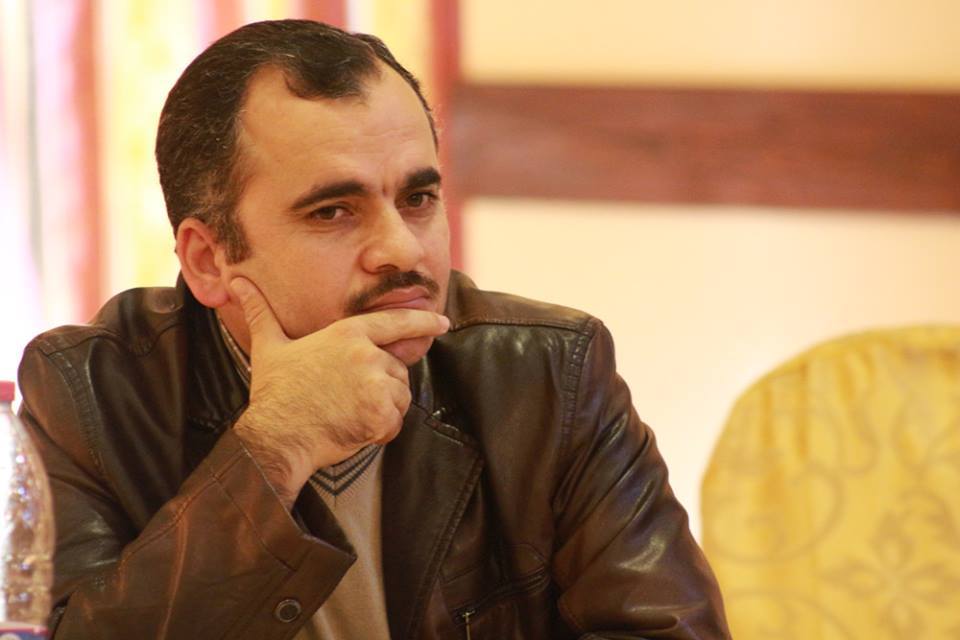As tension escalates on numerous fronts, Israeli intelligence agencies continue to develop their capabilities, and now have databases and integrated artificial intelligence, allowing them to analyse massive amounts of information. According to senior officers, agents are now able to identify militants heading for Israeli targets, which was almost impossible in the past, and certainly not with today’s accuracy.
During the Second — Al-Aqsa — Intifada (September 2000 – February 2005) it was possible to obtain information about an assailant preparing to carry out an attack and thus close checkpoints in good time, but eliminating him in advance of the offence was a dream. That has all changed, with technology changing the future of guerrilla and urban warfare. Intelligence is collected and analysed within minutes instead of hours, and so responses can be launched very rapidly too. Israel is already using such methods in Syria as well as against the Palestinians.
The processes applied by the Israeli intelligence agencies have thus been modernised by adopting technological advances to suit the task in hand. The decision-making process, though, is ultimately controlled by the person in charge, not the AI and technology. Targets are always being sought, but they will not be enough.
The number of targets may range from thousands to tens of thousands, but it should not be assumed that the other side is not updated about the situation. Indeed, any half-competent other party to the conflict will analyse its flaws and earlier mistakes, just as the occupation army debriefs its personnel, and understand the need to adapt constantly.
READ: Hamas and the other factions must act to stop Abbas destroying the Palestinian cause
In this context, the ongoing technology and information war between Israel and armed Palestinian resistance organisations, most notably Hamas, is intensifying. Israel’s Chief of Staff, Aviv Kochavi, has set out several targets linked to the factions in preparation for the next battle, with a focus on targeting and killing many of the Palestinian fighters, especially members of the special units, in addition to destroying vital infrastructure.
The main challenge for Israel’s military intelligence is to recover vital information from an ocean of fine detail, which increases the need to take a closer look at the database dedicated to targets affiliated with the resistance. This is determined mainly by satellite imagery and intelligence, especially in the Gaza Strip.
When the Palestinian factions in Gaza fire rockets towards Israel, extensive discussions take place within the Israeli general staff on the nature of the targets to be attacked in return. It’s like a deadly game of ping-pong. The targets are generally chosen by the occupation army’s intelligence units, which work day and night to locate the Palestinian security networks, leaving nothing for the soldiers to do except press the red button and fire the missile.
After the assassination of Ahmed Al-Jabari, the then head of the Hamas military wing, which basically started Israel’s military offensive dubbed with no hint of irony “Operation Pillar of Defence” in November 2012 — a year after current Prime Minister-in-waiting Benny Gantz was appointed to command the general staff — the occupation army attacked thousands of Hamas targets up to and including the 2014 offensive called “Operation Protective Edge”. Israeli attacks were mainly concentrated on the movement’s firing sites, tunnels and missile manufacturing facilities. The 2014 offensive was far more intense compared with Israel’s Second Lebanese War in 2006 and two earlier offensives against Gaza, the 2012 operation and “Operation Cast Lead” in 2008/9.
When the 2014 offensive ended, the Israeli army was convinced that the number of possible Hamas targets had tripled. Senior officers confirmed that winning against the Palestinian movement will not be a result of the number of attacks as much as the nature of the strikes, which military intelligence can determine.
READ: ‘The future lies in taking the Palestinian question in front of the courts’
Israeli intelligence is trying to keep pace with the number of potential targets in Gaza. That much has been evident since the first day that Kochavi took command of the army, and after the series of escalatory attacks against the Gaza Strip over the past few months.
At the same time, Hamas has not only been developing its arsenal, but also becoming more skilled in hiding from the occupation army’s radar systems. Nevertheless, the army is able to detect movement up to three kilometres from the nominal border.
All this confirms that Hamas has developed its own technological and intelligence capabilities with military purposes in mind. Despite the occupation army’s success in destroying Hamas’ web of tunnels, the movement still has a formidable skill base to counter whatever Israel throws at it.
Israel may be preparing to confront Hamas in a technology war, but the movement and the rest of the Palestinians, especially in the Gaza Strip, are preparing as well. Solid intelligence is important for any army, and the resistance groups are not lacking in this regard.
The views expressed in this article belong to the author and do not necessarily reflect the editorial policy of Middle East Monitor.

![Israeli soldiers stand guard in the West Bank on 8 August 2019 [Mosab Shawer/Apaimges]](https://i0.wp.com/www.middleeastmonitor.com/wp-content/uploads/2019/08/2019_8-8-Israeli-soldiers-stand080819_MSH_00-5.jpg?fit=920%2C613&ssl=1)







